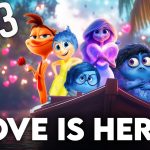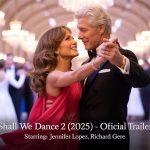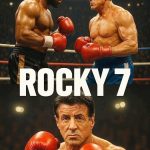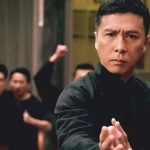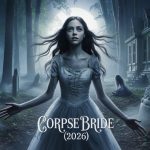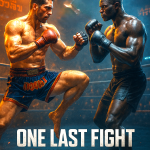🎬 THE WAY WE WERE: A ROMANCE REWRITTEN (2025)

“Some love stories never truly end — they simply wait for the right moment to begin again.” 💔

Time has a way of softening edges, but not erasing them. The Way We Were: A Romance Rewritten (2025) arrives as both a love letter and a lament — a delicate, luminous exploration of how hearts once broken can still find rhythm again. Directed with grace by Nancy Meyers, this reimagining of the classic love story captures not only the nostalgia of the past but the quiet courage it takes to face it.
At its heart are Julia Roberts and George Clooney, two icons whose on-screen chemistry feels timeless. Their reunion is more than a casting coup — it’s cinematic poetry. As Katie, Roberts embodies a woman who has lived many lives since love last found her: a celebrated writer, sharp-tongued yet vulnerable, whose idealism once burned so brightly it frightened away the one man who saw her whole. Clooney’s Hubbell, on the other hand, wears the years like an old coat — softened, faded, but not forgotten. He lives by the sea, where silence has become his only companion, and the waves whisper the things he never said.

When they meet again at a university reunion, it’s not grand or planned — it’s the kind of accidental moment that changes everything. The years dissolve in an instant. One shared look, one hesitant smile, and the air between them thickens with memory. What follows isn’t a rekindling of youthful passion, but something deeper — a reckoning with time, regret, and the love that never quite died.
Meyers directs the film with her signature warmth and polish, filling each frame with natural light and emotional honesty. Her dialogue flows like confession — crisp, unhurried, and unafraid of silence. The film doesn’t chase melodrama; instead, it trusts in the power of quiet glances, of words left hanging, of the pain that lingers when two people still love each other but aren’t sure how to begin again.
The story moves between present-day serenity and golden-hued flashbacks, where we see Katie and Hubbell as they once were — reckless, passionate, and undone by their differences. Their youthful arguments now echo like distant thunder, softened by understanding. Through these memories, The Way We Were becomes not just a romance, but an elegy for time — for what we lose, and what we are lucky enough to find again.
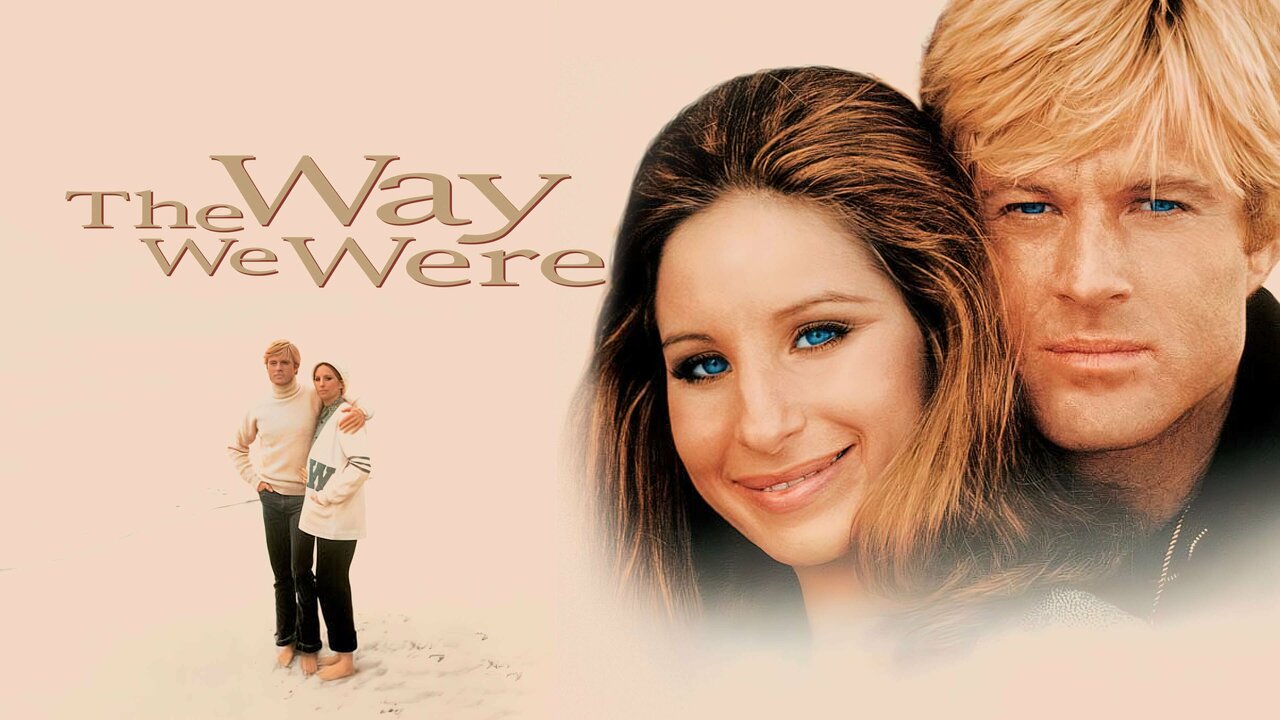
Laura Linney shines as Katie’s confidante — steady, wise, and quietly heartbroken by her friend’s vulnerability. Her presence anchors the film in emotional truth, offering counsel without intrusion. And in a scene-stealing special appearance, Richard Gere brings warmth and melancholy as Hubbell’s old friend — a man who’s learned, perhaps too late, that love is not a chapter, but the whole book.
The cinematography, lush yet intimate, captures moments rather than movements — rain tapping against windowpanes, a trembling hand brushing against another, the glow of sunset on faces that have seen too much and still hope for more. The film’s score, composed by Alexandre Desplat, drifts like a memory — piano notes intertwined with strings that rise and fall like the tide between them.
As Katie and Hubbell confront their shared history, the film asks a question few romances dare to touch: Is love that returns after decades the same love, or something entirely new? Their reunion is tender but imperfect — scarred, cautious, real. And in that realism lies the beauty of Meyers’ vision. This isn’t about reliving the past; it’s about learning to forgive it.

By the time the final scene arrives — a quiet moment by the sea, words unspoken yet understood — The Way We Were: A Romance Rewritten leaves you not in tears, but in reflection. It doesn’t shout its message; it whispers it gently: that love, even when lost, never truly disappears. It waits. It lingers. It transforms.
Related movies:


